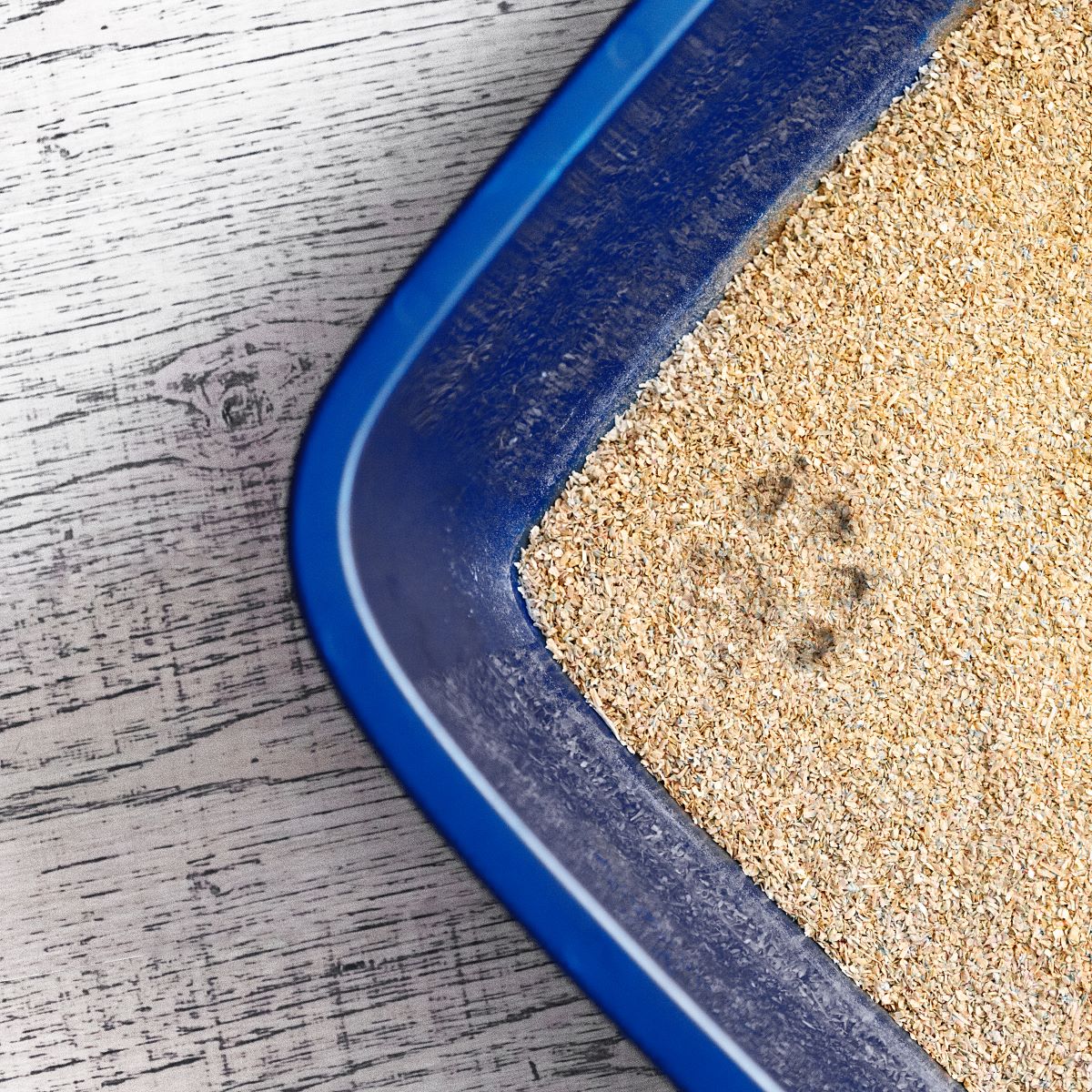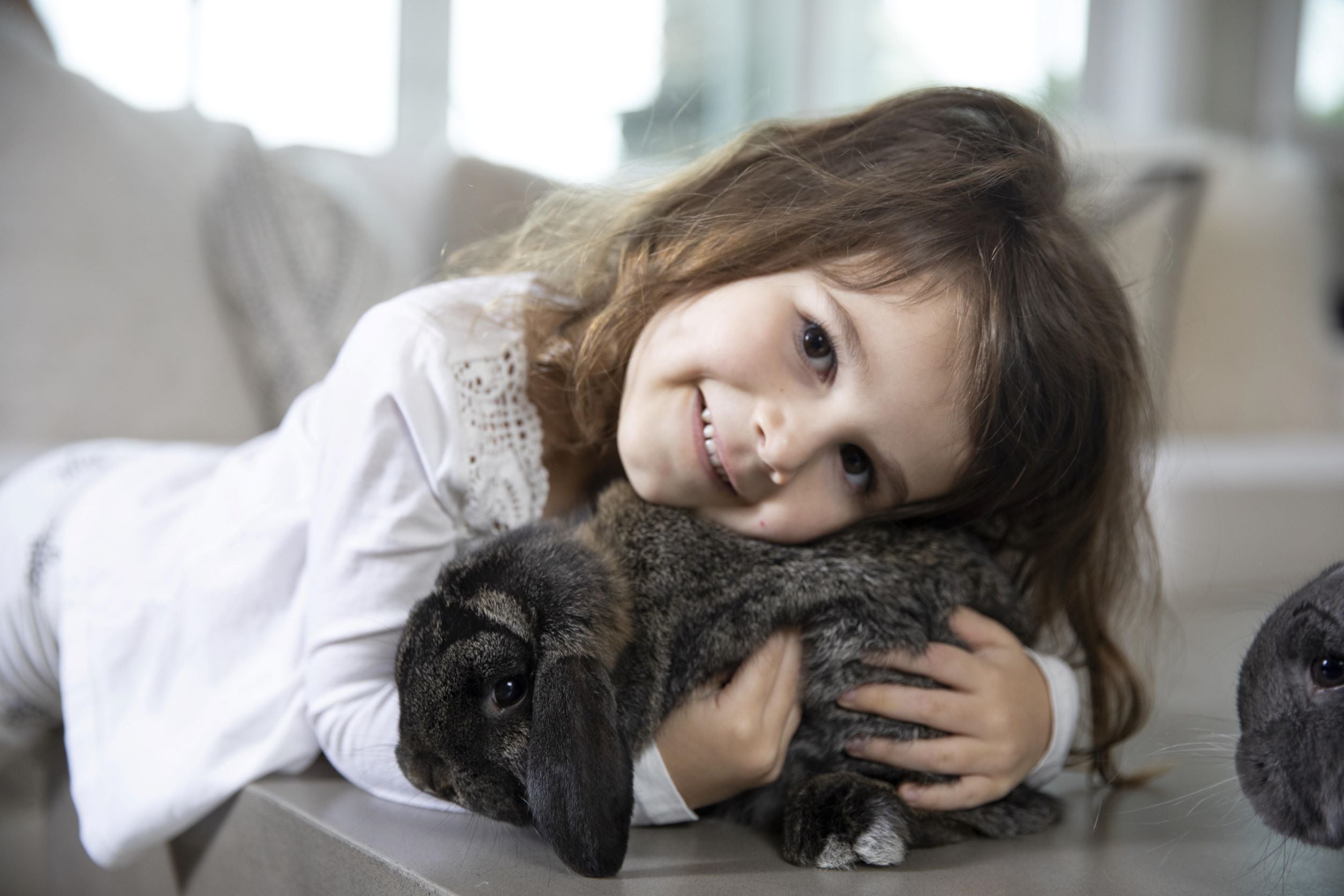
Simple Ways to Help Pets Stay Mobile and Comfortable as They Age
Photo by Linoleum Creative Collective on Unsplash
Watching your beloved companion slow down can be one of the most challenging aspects of pet ownership. Those once-energetic leaps onto the couch become careful calculations, and morning walks may require a bit more encouragement than before. Aging is a natural part of your pet's journey, and with thoughtful adjustments to their daily routine and environment, you can help them maintain their quality of life while staying comfortable and mobile for years to come.
Senior pets face unique challenges as their bodies change, but many age-related mobility issues can be managed effectively with proactive care. Understanding what your furry friend is experiencing and implementing supportive measures can make the difference between a pet who struggles with daily activities and one who continues to enjoy life with enthusiasm. Small changes in your approach to their care often yield significant improvements in their comfort and movement.
Recognizing the Signs of Aging
Your pet's mobility changes often develop gradually, making them easy to overlook until they become more pronounced. Research shows that osteoarthritis affects approximately 20% of all dogs over 1 year of age in North America, though prevalence estimates vary from 6.6% to 20% depending on the study population. Stiffness after rest periods, hesitation before jumping or climbing stairs, and slower movement during walks are common early indicators that your pet may be experiencing age-related discomfort.
Changes in sleeping patterns can also signal mobility issues, as pets may struggle to find comfortable positions or have difficulty settling down. Pay attention to subtle shifts in behavior, such as avoiding certain surfaces or preferring to rest in different locations around your home. Early recognition of these signs allows you to address comfort issues before they significantly impact your pet's daily life.
Creating a Comfortable Living Environment
Your home environment plays a crucial role in supporting your aging pet's mobility. Providing orthopedic bedding can offer additional joint support and help alleviate pressure points during rest periods. Memory foam beds or heated beds can be particularly beneficial for pets with arthritis or joint stiffness. Many pet owners find success in turning unused spaces into comfortable pet rooms, creating dedicated areas where senior pets can rest undisturbed and access everything they need easily.
Consider the flooring throughout your home and how it affects your pet's movement. Slippery surfaces like hardwood or tile can be challenging for pets with mobility issues. Adding non-slip rugs or yoga mats in high-traffic areas provides better traction and confidence for your pet as they navigate your home. Ensure pathways remain clear of obstacles that might require extra effort to navigate around.
Ramps or pet stairs can eliminate the need for jumping onto furniture or into vehicles, reducing strain on aging joints. These assistive devices should have a gentle incline and non-slip surfaces to ensure safe use. Many pets adapt quickly to these tools, especially when introduced gradually with positive reinforcement.
Adjusting Exercise and Activity Levels
Maintaining appropriate physical activity remains important for senior pets, though the approach may need modification. Studies show that gait speed in dogs decreases with age in a non-linear fashion, with decline typically starting at approximately 70% of the expected lifespan. Understanding these natural changes can help you adjust expectations and tailor exercise routines accordingly.
Shorter, more frequent walks often work better than longer excursions, allowing your pet to stay active without overexertion. Swimming can provide excellent low-impact exercise for pets who enjoy water, as the buoyancy reduces stress on joints while maintaining muscle strength.
Gentle stretching exercises can help maintain flexibility and range of motion. Simple activities like encouraging your pet to reach for treats or toys can promote movement without strain. Many veterinary clinics offer physical therapy programs specifically designed for senior pets, providing professional guidance on appropriate exercises and techniques.
Mental stimulation becomes equally important as physical activity. Puzzle toys, treat-dispensing games, and training sessions keep your pet's mind engaged while requiring minimal physical effort. These activities can help prevent depression and maintain cognitive function, contributing to overall well-being.

Photo by Sergej Warkentin from Unsplash
Nutritional Support for Joint Health
Proper nutrition plays a vital role in supporting your aging pet's mobility and comfort. Senior pet foods are formulated with adjusted protein levels and may include supplements that support joint health. Omega-3 fatty acids can help reduce inflammation and support joint function, while glucosamine and chondroitin supplements may help maintain cartilage health.
Natural herbal supplements are increasingly recognized for their joint support benefits across different animal species. Pet owners who also care for horses may already be familiar with specialized formulations like an equine joint supplement that combines multiple herbs to support joint mobility and connective tissue health. These natural approaches often focus on supporting the body's own mechanisms for maintaining healthy joints and reducing inflammation.
Weight management becomes increasingly important as pets age, since excess weight places additional stress on already sensitive joints. Work with your veterinarian to determine the ideal weight for your pet and adjust feeding portions accordingly. Some senior pets may benefit from more frequent, smaller meals to aid digestion and maintain steady energy levels throughout the day.
Always introduce dietary changes gradually to avoid digestive upset, and consult with your veterinarian before adding supplements to ensure they're appropriate for your pet's specific needs and won't interact with any existing medications.
Professional Care and Pain Management
Regular veterinary check-ups become more critical as pets age, allowing for early detection and treatment of mobility issues. Your veterinarian can assess your pet's joint health, recommend appropriate treatments, and monitor the progression of age-related changes. Many conditions that affect mobility respond well to early intervention.
Pain management strategies may include prescription medications specifically designed for pets, which can significantly improve quality of life. Never give human pain medications to pets, as many are toxic to animals. Your veterinarian can prescribe safe, effective options tailored to your pet's needs and medical history.
Alternative therapies such as acupuncture, massage, and laser therapy are increasingly available for pets and may provide additional comfort for those with mobility challenges. These treatments often work well alongside traditional medications and can offer drug-free options for managing discomfort.
Maintaining Quality Time Together
Aging doesn't mean the end of enjoyable activities with your pet; it simply requires creativity and adaptation. Shorter outdoor adventures, car rides to interesting locations, and gentle grooming sessions can continue to provide bonding opportunities. Many senior pets appreciate quiet companionship and may enjoy simply being near you during daily activities.
As pets age, some may develop new behavioral challenges related to discomfort or confusion. Learning techniques for improving dog's behavior can be especially valuable during this stage, as gentle training methods can help senior pets adapt to physical limitations while maintaining good habits. Positive reinforcement remains effective regardless of age, and patient guidance can help pets navigate changes in their routine or environment.
Consider your pet's changing preferences and energy levels when planning activities. Some may prefer sunny spots for napping, while others might enjoy supervised exploration of new scents during brief outings. Maintaining routines provides comfort and security for aging pets, while gentle variations can keep life interesting.
Supporting your aging pet through their senior years is an act of love that requires patience, observation, and adaptation. By making thoughtful adjustments to their environment, exercise routine, and care regimen, you can help them navigate this life stage with dignity and comfort. Remember that every pet ages differently, and what works for one may not work for another. The key lies in staying attentive to your pet's individual needs and working closely with your veterinary team to ensure they receive the best possible care during their golden years.











 email us
email us